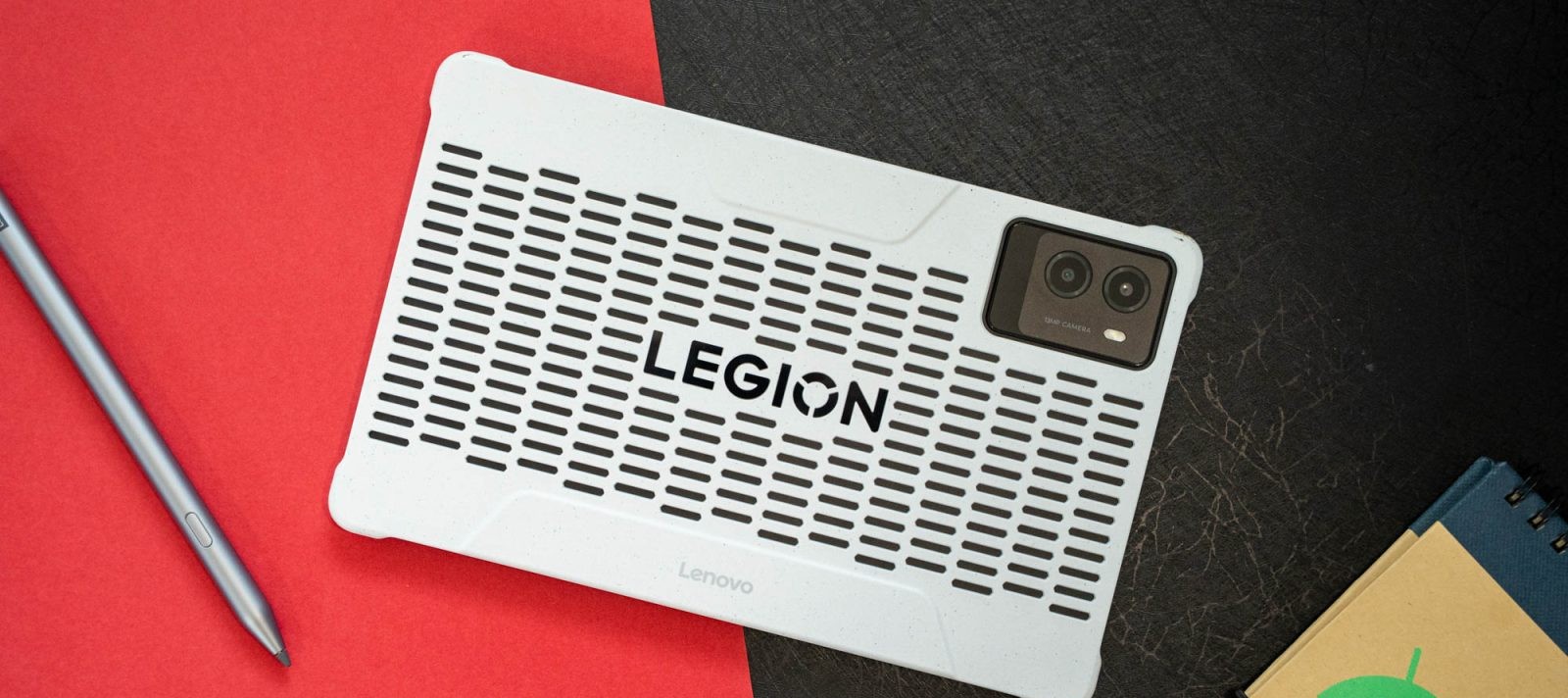In a significant update for smart home enthusiasts, Google has announced plans to enhance the Google Home app by introducing expanded controls for the Nest x Yale Lock. This development comes despite the company’s recent decision to discontinue the production of this smart lock model.
Background on the Nest x Yale Lock
Launched in 2018, the Nest x Yale Lock emerged from a collaboration between Google and Yale, a renowned name in security solutions. This smart deadbolt offered users keyless entry, remote access, and integration with other Nest products, positioning itself as a premium choice in the smart lock market.
Transition from Nest App to Google Home App
Initially, the Nest x Yale Lock was managed exclusively through the Nest app. However, in 2020, Google began integrating Nest devices into the Google Home app, aiming to provide a unified interface for all smart home devices. This transition was part of a broader strategy to streamline user experience and consolidate device management under a single platform.
Current Limitations in the Google Home App
As of now, the Google Home app offers limited functionalities for the Nest x Yale Lock. Users can perform basic operations such as locking and unlocking the door, adjusting device names, assigning device locations within the app, controlling lock tone volume, and enabling one-touch locking. However, several advanced features remain exclusive to the Nest app, including:
– Privacy Mode: Allows users to disable the keypad, ensuring that the door can only be unlocked from the inside.
– Family & Guest Codes: Enables the creation and management of unique passcodes for different users, facilitating controlled access.
– Lock History: Provides a detailed log of lock and unlock events, offering insights into who accessed the door and when.
– Auto-Lock: Automatically secures the door after a specified period, enhancing security by ensuring the door isn’t left unlocked inadvertently.
Upcoming Enhancements
In a recent FAQ addressing changes to its device portfolio, Google revealed plans to introduce additional controls and features for the Nest x Yale Lock within the Google Home app. The company stated:
> “You can continue to manage your Nest x Yale Lock in either the Nest app or Google Home app. Later this year, passcode management and other features for Nest x Yale Lock will arrive in the Google Home app for the first time.”
This announcement indicates that functionalities such as passcode management, and potentially other advanced features currently limited to the Nest app, will soon be accessible through the Google Home app. This integration aims to provide users with a more cohesive and streamlined experience, eliminating the need to switch between apps for different functionalities.
Implications for Users
For existing Nest x Yale Lock owners, this update signifies a commitment from Google to support and enhance the user experience, even for products that are no longer in production. By consolidating controls within the Google Home app, users can anticipate a more intuitive interface, reducing the complexity associated with managing multiple apps.
Moreover, this move aligns with Google’s broader strategy of integrating its smart home ecosystem, ensuring that users have centralized control over their devices. It also reflects the company’s responsiveness to user feedback, addressing previous limitations and enhancing the functionality of existing products.
Looking Ahead
While Google has not provided a specific timeline beyond “later this year,” users can expect these enhancements to roll out in the coming months. As the smart home landscape continues to evolve, such updates underscore the importance of software enhancements in extending the lifespan and functionality of existing hardware.
In conclusion, Google’s forthcoming updates to the Google Home app for the Nest x Yale Lock exemplify the company’s dedication to improving user experience and integrating its smart home offerings. Users can look forward to a more unified and feature-rich platform, enhancing the convenience and security of their smart home setups.



